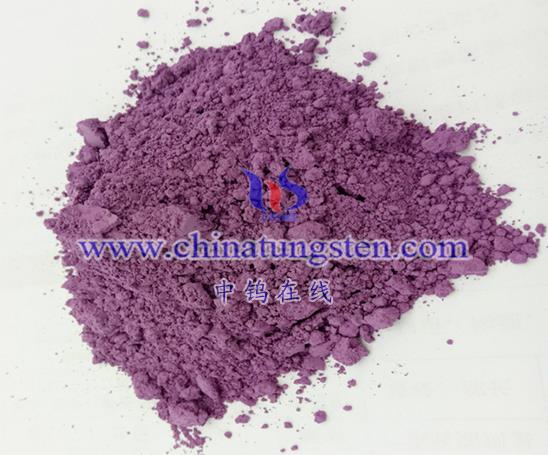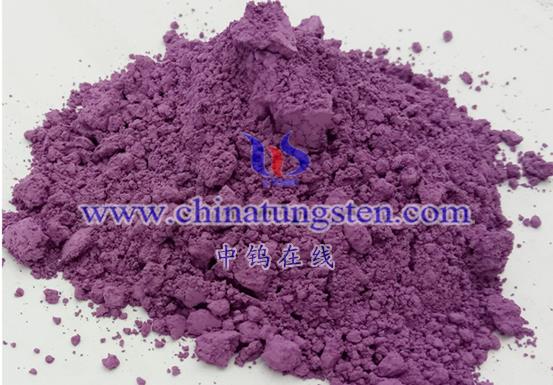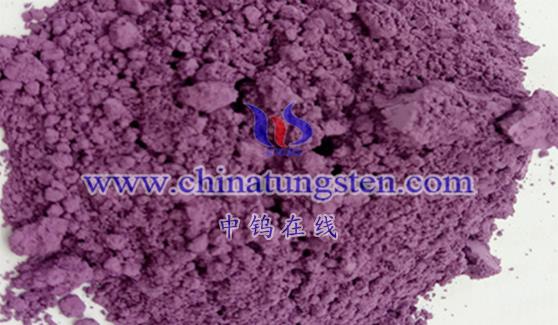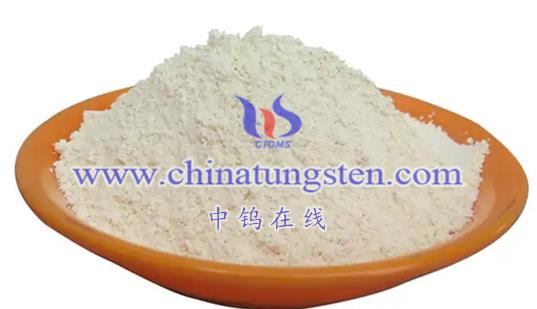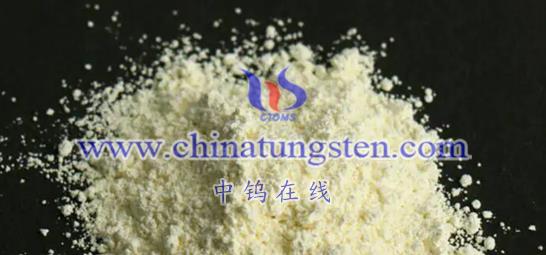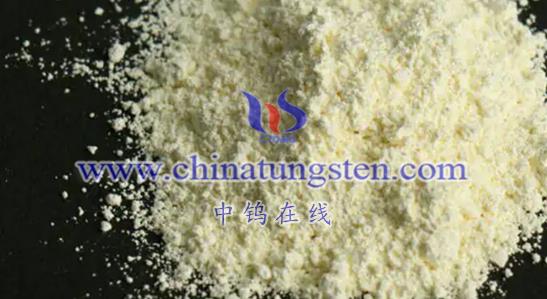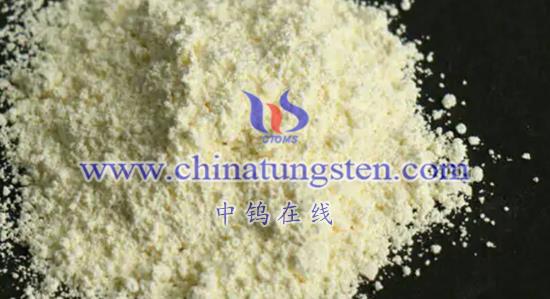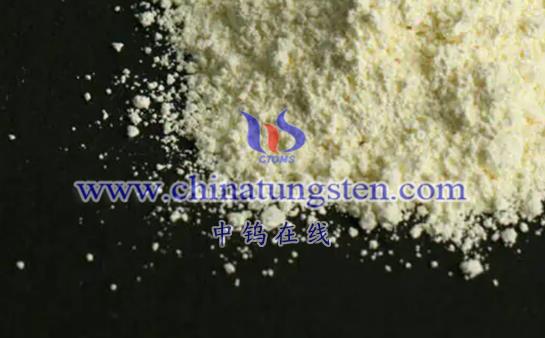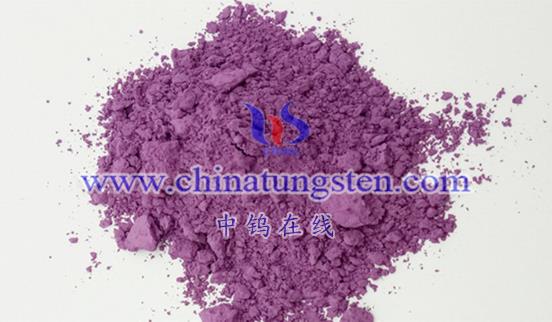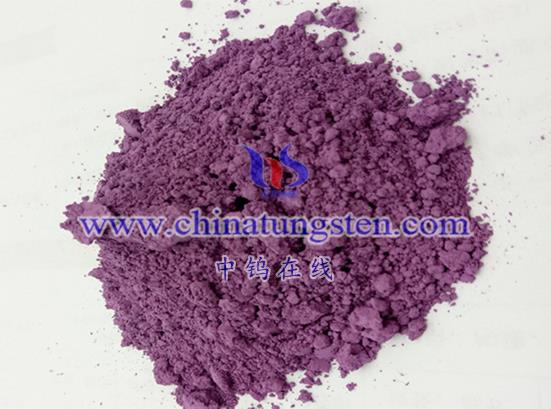
Advantages
- Exceptional Stability Nano-tungsten oxide exhibits high chemical and thermal stability, maintaining its performance under various environmental conditions. This makes it more reliable for use in extreme conditions such as high temperatures and high humidity.
- Excellent Optoelectronic Properties Nano-tungsten oxide demonstrates outstanding optoelectronic properties, including a narrow band gap and tunable light absorption characteristics. This gives it significant potential for applications in optical and optoelectronic fields, such as photocatalysis, optoelectronic conversion, and solar cells.
- High Surface Area and Porous Structure Nano-tungsten oxide has a high surface area and porous structure, which significantly enhances its chemical reactivity and catalytic efficiency. For example, it can play a crucial role in gas removal and organic synthesis reactions.
- Biocompatibility and Biological Activity Nano-tungsten oxide shows good biocompatibility and biological activity, making it suitable for potential applications in biosensing, drug delivery, and photothermal therapy.
- Wide Range of Applications Nano-tungsten oxide can be utilized in various fields including catalysis, optoelectronics, materials science, and biomedicine. It holds broad application prospects in areas such as catalysts, photocatalysis, solar cells, and drug carriers.
- Energy Storage Potential In energy storage devices like lithium-ion batteries, nano-tungsten oxide shows promising applications. Its high theoretical capacity and excellent electrical conductivity could enhance the energy density and charge-discharge performance of batteries.
Disadvantages
- Poor Conductivity The conductivity of pure nano-tungsten oxide is relatively low, which limits its use in applications requiring high conductivity. To improve its conductivity, it is typically combined with other semiconductors or conductive materials.
- High Recombination Rate of Photogenerated Electrons and Holes During photocatalysis, nano-tungsten oxide has a high recombination rate of photogenerated electrons and holes, which reduces photocatalytic efficiency. Researchers are exploring various modification methods, such as doping or surface modification, to suppress this recombination phenomenon and enhance catalytic performance.
- High Production Cost The production of nano-tungsten oxide requires specialized techniques and equipment, which increases the manufacturing cost. Additionally, due to the scarcity of tungsten materials and fluctuations in market prices, the cost of raw materials may also be high.
- Tendency to Agglomerate Nano-tungsten oxide particles tend to agglomerate during production and storage, which can affect their dispersion and performance. Typically, dispersants or surface modifications are needed to improve their dispersion.
- Environmental Sensitivity The performance of nano-tungsten oxide can be affected by environmental factors such as temperature, humidity, and light. Therefore, attention needs to be paid to these environmental influences on its performance in practical applications, and measures should be taken to maintain its stability and reliability.
In summary, nano-tungsten oxide has many advantages and broad application prospects, but it also has some drawbacks that need to be addressed. With the development of nanotechnology and ongoing research, these disadvantages are expected to be gradually resolved, further enhancing its performance and application range.
More details of tungsten oxide product, please visit website: tungsten-oxide.com
Please contact CHINATUNGSTEN for inquiry and order of tungsten oxide:
Email: sales@chinatungsten.com
Tel.: 86 592 5129595
